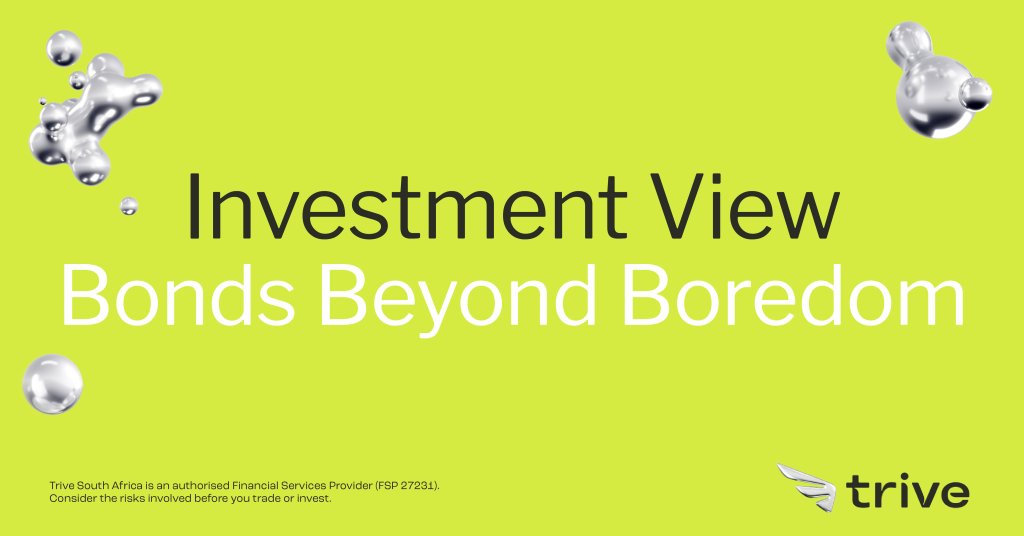
Crafting a resilient investment portfolio can be challenging in a dynamic landscape of market ups and downs. In an era marked by soaring interest rates, persistent inflation, and lingering global economic uncertainties, seeking alternatives to the unpredictable world of stocks becomes paramount. Enter the Vanguard Total Bond Market ETF (NASDAQ: BND) — your passport to diversification. This powerhouse ETF grants you a seamless entry into the realm of fixed-income investments while sidestepping the intricacies of individual bond selection.
This ETF invests in the fixed-income markets of the United States through investment-grade debt securities that include government, corporate, and international dollar-denominated bonds, along with mortgage-backed and asset-backed securities. Holding 10,591 bonds in its portfolio and an average coupon of 3%, this bond ETF falls in the medium-duration category, suggesting it has moderate sensitivity to interest rate changes.
Technical
On the 1D chart, a descending channel has formed, with the recent crossing of the 200-SMA (orange line) above the 50-SMA (blue line) forming a death cross, confirming the bearish momentum over the last few months. The 25-SMA (green line) offers further resistance to the upside as the price continues to trade within the channel.
If the price pushes above the daily pivot point of $71.01, it could test the dynamic resistance of the channel at the 50-SMA if the $71.34 resistance gets breached. However, with strong resistance at this level, it could need a fundamental change in the Federal Reserve’s interest rate stance to break above this resistance on a more dovish outlook.
If the US data remains resilient, the higher-for-longer interest rate environment could result in a breakdown of support at $70.68 before moving lower toward $69.81 below the dynamic support of the channel. Neckline resistance is established at $69.14 if the momentum persists.
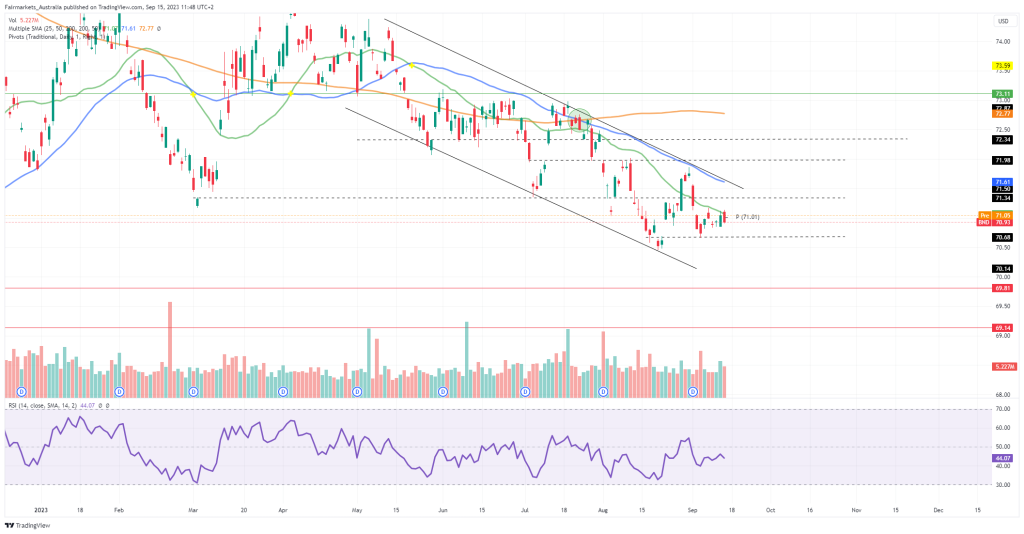
Fundamental
Year to date, the Vanguard Total Bond Market ETF has returned a sluggish -1.27%, as higher interest rates have weighed on the value of the underlying bonds. This becomes evident in the fact that all the relative bond ETFs have trended down while the equity market has performed relatively well, with the S&P 500 up 17.34% over the same period. However, the ETF does offer regular income payments in the form of dividends, reflecting the interest component of the bonds, and when taking this into account, the fund has returned 0.73% year to date. Additionally, the higher interest rates offer an opportunity for investors to reinvest this dividend income at higher rates in the market, highlighting the importance of this diversification factor in the longer term to insulate against the equity market ‘s volatility.
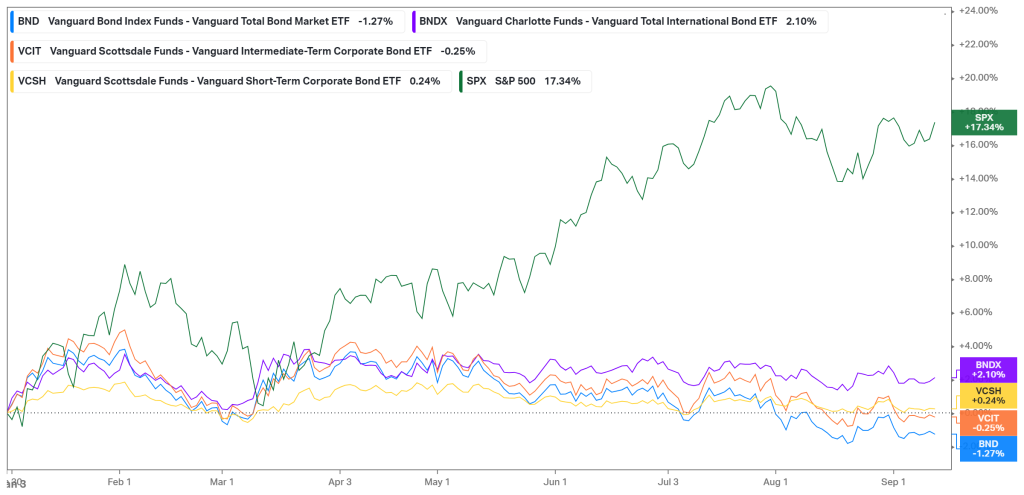
The ETF composition mainly consists of US government bonds, which are generally lower duration and offer lower yields than other bonds. These are considered safer than the other bonds in the portfolio. Still, it is significant that all bonds in the portfolio are investment-grade, which does explain the lower yields and lower sensitivity to interest rates.
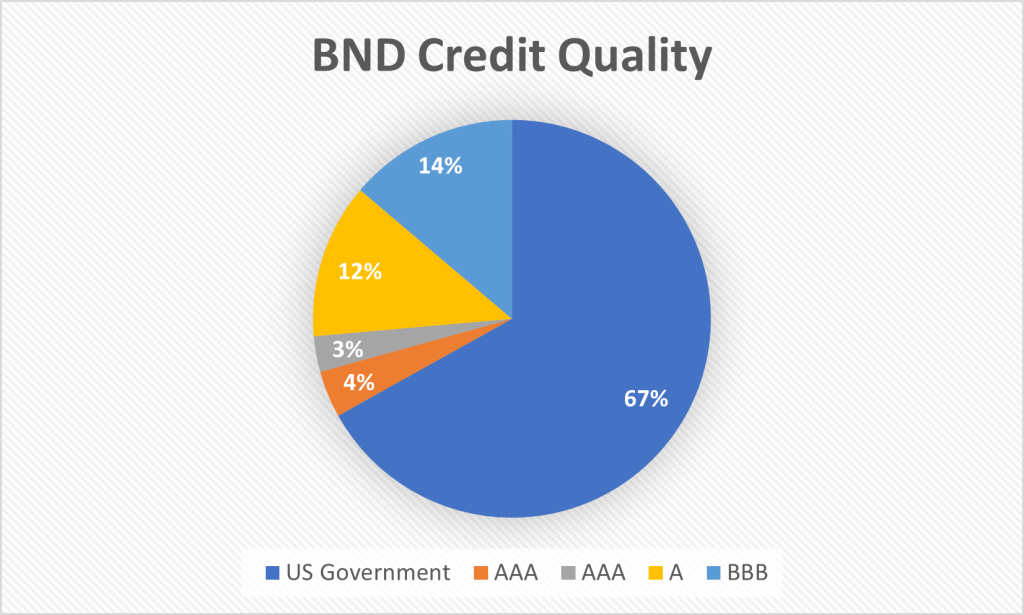
Similarly, 71% of the portfolio’s issuers are made up of treasury/agency issuers or government mortgage-backed securities. Due to the high credit rating of these issuers, the probability that the issuer will default on its principal payments is low, providing some security to investors as the decline in the ETF price is somewhat protected from issuer default. However, there is some extension risk in the fund, considering the high levels of interest rates in the economy, as certain debt obligations in the underlying securities could experience slower repayment rates, which could constrain the potential dividend reinvestment rate that is attractive in such an environment.
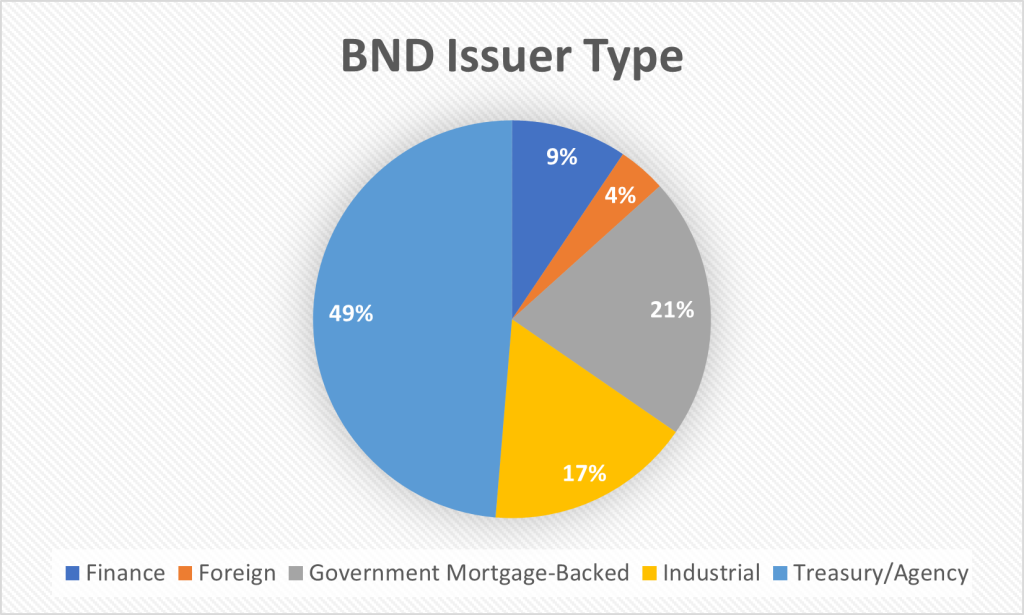
The ETF mainly invests in intermediate-term bonds, with maturity of 1-5 years making up 40% of the portfolio, while the 5-10 year maturity makes up another 32%. Due to the shorter-term nature of the bonds, their duration sensitivity to falling interest rates is also lower than the other bonds of 20-25 years, which only make up 5% of the portfolio.
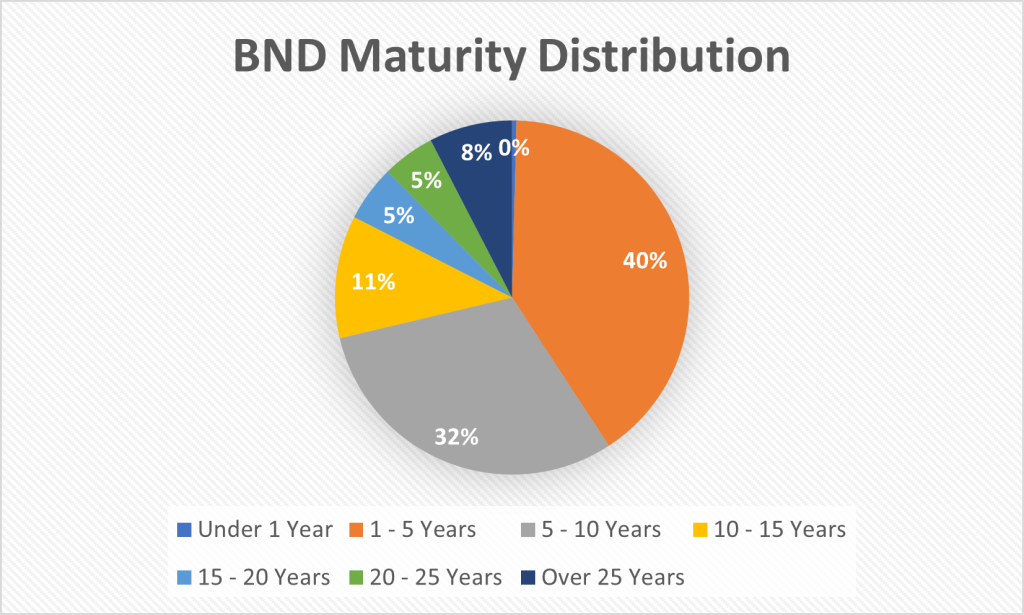
Summary
With uncertainty in the global economy, the equity market is becoming increasingly volatile, and it could be worth looking into exposure to the fixed-income market to diversify a portfolio. Due to the investment-grade nature of the underlying securities and the low duration of the short-term government-backed debt, the underlying securities offer lower yields and more conservative returns. However, the constant stream of dividend income provides an attractive diversification element, and with the higher interest rate environment, reinvesting these dividends at a higher rate could enhance these returns.
Sources: Koyfin, Tradingview, Vanguard
Piece written by Tiaan van Aswegen, Trive Financial Market Analyst
Disclaimer: Trive South Africa (Pty) Ltd, Registration number 2005/011130/07, and an Authorised Financial Services Provider in terms of the Financial Advisory and Intermediary Services Act 2002 (FSP No. 27231). Any analysis/data/opinion contained herein are for informational purposes only and should not be considered advice or a recommendation to invest in any security. The content herein was created using proprietary strategies based on parameters that may include price, time, economic events, liquidity, risk, and macro and cyclical analysis. Securities involve a degree of risk and are volatile instruments. Market and economic conditions are subject to sudden change, which may have a material impact on the outcome of financial instruments and may not be suitable for all investors. When trading or investing in securities or alternative products, the value of the product can increase or decrease meaning your investment can increase or decrease in value. Past performance is not an indication of future performance. Trive South Africa (Pty) Ltd, and its employees assume no liability for any loss or damage (direct, indirect, consequential, or inconsequential) that may be suffered from using or relying on the information contained herein. Please consider the risks involved before you trade or invest.


